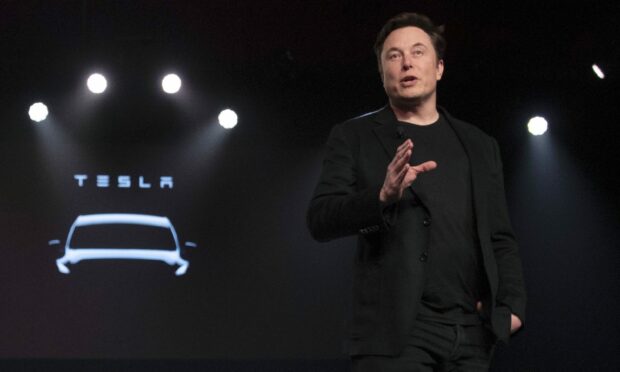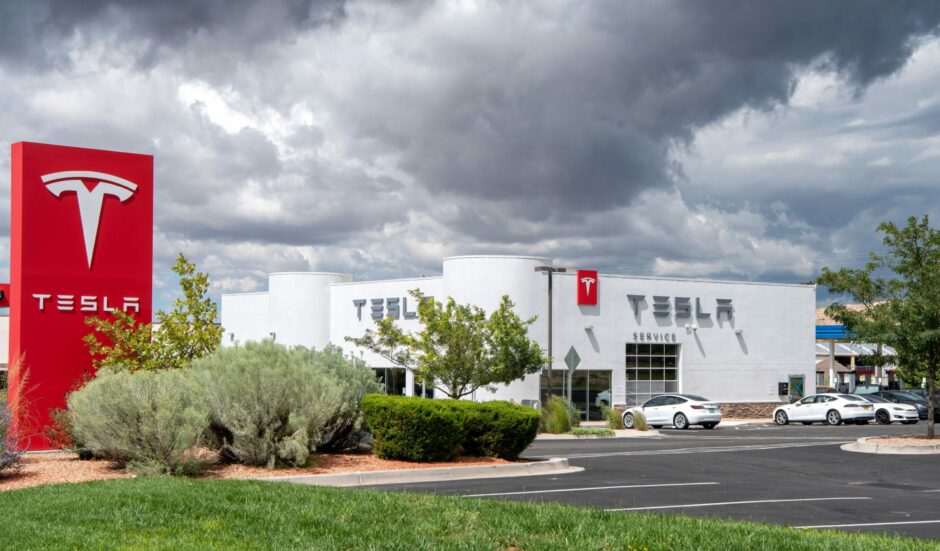The past few months have seen a growing backlash against environmental, social, and corporate governance (ESG).
This is driven by concerns about greenwashing, confusion about metrics and performance, and even pushback on the grounds that responsible or sustainable investment is “woke” and a politicisation of market forces.
Concern that asset managers are promoting funds as ESG without commitment analysis has led to accusations that investors are being misled.
The offices of Deutsche Bank and DWS were raided as part of an investigation into whether the group was consistent and credible in its ESG and “green” claims.
Goldman Sachs is reportedly under investigation by the US Securities and Exchange Commission (SEC) over its ESG funds and in May 2022 BNY Mellon Investment Advisers paid a penalty over SEC concerns about claims that its investments had all been done under an ESG review, without that in fact being the case.
ESG market inflows falter for the first time in six years
Investment flows have shifted too. According to Bloomberg, May 2022 saw outflows from ESG funds for the first time in nearly six years. Investors have put $300 billion (£254bn) into ESG funds in the past three years, and the annual trend has been consistently upwards – $30bn (£25.4bn) in 2019, $94bn (£79.5bn) in 2020 and $159bn (£134.6bn) in 2021.
May reportedly saw inflows of $400 million (£338.5m) against a 2021 average of $11bn (£9.3bn) – a serious shift in direction. Performance in terms of equity funds specifically was even worse, with a loss of $200m (£169.2m).
Given the intensification of interest in ESG over the past two years, combined with the fact drivers behind that focus only continue to grow, why the backlash? Overall it appears to be a response to a basic misunderstanding of ESG itself – what it is and what it was intended to do. This was highlighted by the controversy surrounding the removal of Tesla from the S&P500 ESG index.
For many the question was how could Tesla, whose product is leading the net-zero transition, be booted out of the index, while fossil fuel giant Exxon remained a leading constituent? The answer is that most people don’t understand what ESG ratings and indices are for.
ESG doesn’t tell us how sustainable a business is
Many observers believe an ESG rating is an indicator of how sustainable a business is, or that a positive rating is equivalent to showing a company is having a positive impact on the world, either through its operations or products.
What an ESG rating reflects, however, are the risks likely to affect the financial operation of a business in the environmental, social or governance sphere. ESG is an investment lens, not a cure-all for sustainability issues, but appears to have become a catch-all replacement term for sustainable, responsible or green investment.
It’s not like this has been hidden. MSCI, one of the world’s largest ESG ratings agencies and provider of around one-third of the world’s ESG ratings data, says ESG is “not about what the company does to the world, but what the world does to the company and its shareholders”.
This is the conventional definition of ESG, referring to financially material risks to the business, and the battle over whether this is sufficient lies at the heart of the different approaches taken by those responsible for setting international accounting standards.
Failure to incorporate impact results in lower perception of risk
The difference between inward looking and externally facing analysis is what has led the financial sector to underplay not only climate risk, but also the growing risks of social upheaval, inequality, pollution, environmental degradation, biodiversity loss, resource scarcity and much more.
Not only that, but the variability between ratings providers on the metrics assessed, or the analysis made, are incredibly inconsistent. It can come as a shock to find the world’s largest 20 ESG funds hold an average of 17 fossil fuel stocks in their portfolio mix.
There is no doubt the lack of a standardised approach to ESG scoring means ratings are dependent on the underlying methodologies and assumptions, and that’s why ratings can differ dramatically. It also explains why companies can be high performers in terms of an ESG rating yet still have an overall negative impact on the environment, society and the economy over the longer term.
Arguments over the ESG scores of fossil fuel giants versus Tesla are a prime example – are you scoring overall impact, performance on gender balance, human rights, equal pay, resource use?
Different assumptions and approaches mean different answers – so ESG tools and data often lack the rigour and transparency that asset managers need for effective portfolio strategy and risk management. This creates confusion over how ESG can be measured and which results can be considered “accurate”.
Lack of standardisation makes ESG ratings less robust than credit ratings
An issue that still needs to be resolved is that many regard ESG ratings like credit ratings, and they are not the same. Many users of ESG ratings treat them as if there is an agreed framework for ESG.
Some approaches are overweight on governance, others on environment. Many technology stocks are prominent in ESG ratings scores, and current market volatility in such stocks is wreaking havoc in ESG funds that may perform better if focused on resilience and new market opportunities.
It’s also important to remember ESG is not climate, it is not green and it is not about sustainability, whatever your assumptions might have been. Avoiding emissions might be a key first step and compliant with regulator goals on climate risk reporting, but it doesn’t address systemic environmental and social risks, from pollution to healthcare and education.
ESG does not tell you anything about corporate or investor impact, and it doesn’t consider the role new products may have to play in the coming global economic transition.
But just because different ratings tell investors different things, that doesn’t make it pointless – what it means is we need to develop a greater understanding of what is material, where and to whom, and to pay attention to the underlying approach analysis takes.
ESG analysis should only be a starting point for risk assessment
Nikita Singhal, co-head of sustainable investment and ESG at Lazard Asset Management, warns that materiality is highly contextual, and what is material to one company may differ greatly from another – based on sector, region, etc.
She says ratings are simply a starting point and how they are used will be in large part due to the investment approach used.
Differentiating between governance and social problems and the impact of a product is an important debate to have, and it’s one that needs to come front and centre of the ESG backlash and resulting discussion. That means the current backlash is part of the growing pains of an evolving realisation of how we need to rethink economic behaviour if we are to build a sustainable future.
ESG backlash intensified after Tesla removal
Elon Musk famously called ESG a “scam” when Tesla was removed from the S&P500 ESG index. It’s not so much a scam, but rather something Tesla’s chief executive has clearly failed to understand.
Tesla’s rating fell due a combination of energy profile, performance in terms of business practice and labour standards, as well as a growing swathe of claims around working practices, labour discrimination and more.
The company’s impact report complained that ESG reporting focused solely on the financial value of risk and return and not impact – but that is exactly what it was designed to do, identifying financially material risks to operations.
These can differ depending on time horizons, effective accounting for different types of value, accounting for impact or a range of diverse reasons.
ESG is a tool like any other and if you don’t like the ways it is being used, then instead of attacking a growing attempt to refocus capital expenditure, join forces with the EU, central bank regulators concerned about systemic climate risk, the impact investment community and activists around the world – and help it grow and evolve.
This article comes from SG Voice, where purpose meets progress.
Visit sgvoice.energyvoice.com for the latest news and insights on net-zero and ESG, sustainability criteria and credibility, as well on how you can learn to navigate the changing market environment.





Conversation